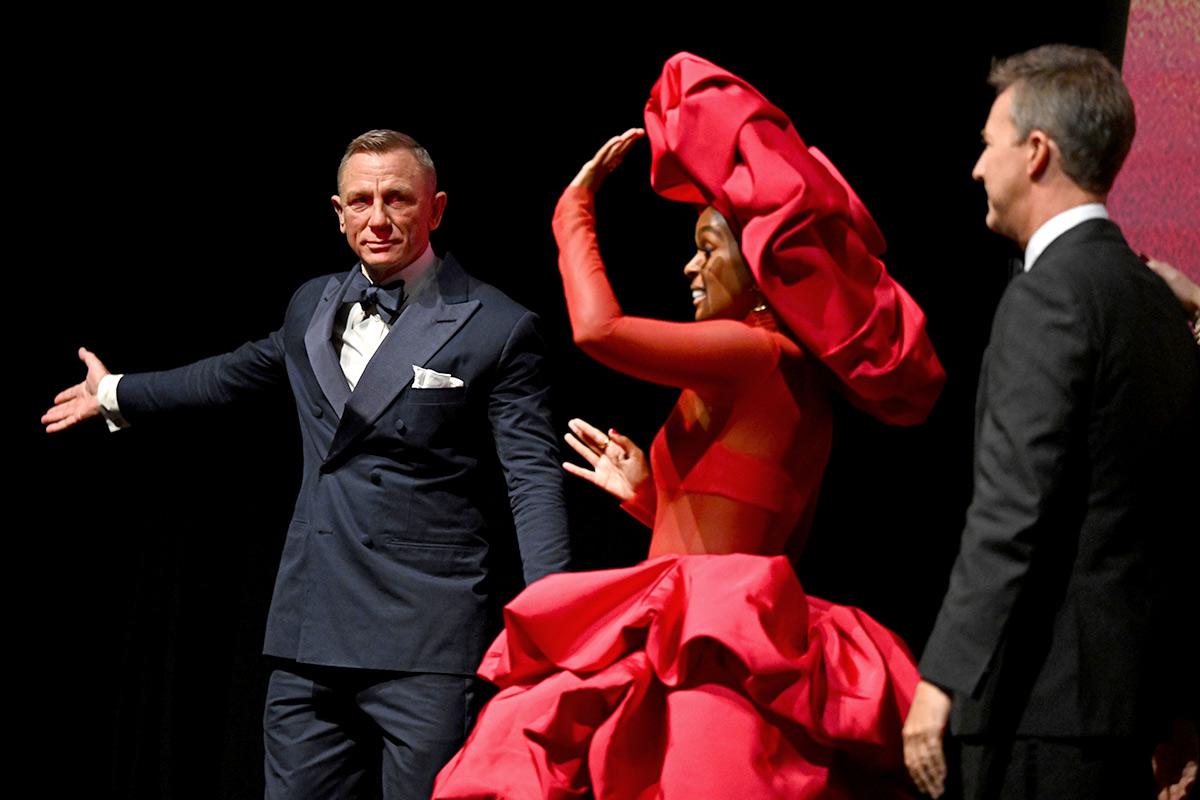Assessing The Health Risks Of Synthetic Hair Braids For African American Women

Table of Contents
Traction Alopecia and Hair Loss from Tight Braiding
Understanding Traction Alopecia
Traction alopecia is a type of hair loss caused by pulling or tension on the hair follicles. Symptoms include thinning hair, receding hairline, and even bald patches. Tight braiding, particularly with heavy synthetic hair extensions, significantly contributes to this condition.
- Hair follicle damage: Constant pulling weakens the hair follicles, hindering hair growth.
- Inflammation: Tight braids can cause inflammation of the scalp, further damaging follicles.
- Scarring: In severe cases, traction alopecia can lead to permanent scarring of the scalp, resulting in irreversible hair loss.
- Permanent hair loss: If left untreated, traction alopecia can cause significant and permanent hair loss.
The importance of proper braiding techniques cannot be overstated. Extremely tight braids put immense pressure on the hair follicles, leading to significant damage. Choosing a skilled and experienced braider is crucial.
Preventing Traction Alopecia from Synthetic Braids
Several steps can minimize the risk of traction alopecia from synthetic braids:
- Choosing a lighter style: Opt for lighter braid styles that put less stress on the scalp.
- Looser braids: Avoid excessively tight braids; the braids should feel comfortable and not pull on the scalp.
- Avoiding excessive tension: Ensure the braider doesn't pull too tightly during the installation process.
- Taking breaks between installs: Allow your scalp and hair to rest between braid installations to prevent continuous pulling.
- Scalp massage: Gentle scalp massages can improve blood circulation and promote hair growth.
Seek professional braiders experienced in minimizing traction. They understand the techniques to create beautiful styles without compromising hair health.
Scalp Infections and Irritation from Synthetic Materials
Types of Scalp Infections
Synthetic braids, if not properly maintained, can create a breeding ground for bacteria and fungi. Prolonged wear and moisture retention increase the risk of infections.
- Folliculitis: Inflammation of the hair follicles, often manifesting as small, pus-filled bumps.
- Bacterial infections: These can lead to more serious scalp infections, requiring medical treatment.
- Fungal infections: These can cause itching, scaling, and inflammation of the scalp.
Symptoms can include itching, pain, redness, swelling, and pus-filled bumps. Risk factors include prolonged wear, lack of scalp hygiene, and using unclean braids. Treatment options vary depending on the type of infection and may include antifungal or antibacterial medications.
Minimizing Infection Risk
Maintaining excellent scalp hygiene is vital to prevent infections.
- Maintaining scalp hygiene: Regularly clean your scalp with a mild, antimicrobial shampoo.
- Using antimicrobial shampoos: These shampoos help to control bacteria and fungi growth.
- Avoiding excessive product use: Excessive product buildup can clog follicles and promote infections.
- Removing braids promptly if irritation occurs: Don't wait for severe symptoms; remove braids immediately if irritation or infection is suspected.
- Consulting a dermatologist: Seek professional medical advice if you suspect an infection.
Regular cleaning and proper braid maintenance are critical in preventing scalp problems associated with synthetic hair braids health risks.
Chemical Exposure and Allergic Reactions from Synthetic Hair
Identifying Harmful Chemicals
Synthetic hair may contain various chemicals, some potentially harmful.
- Formaldehyde: A common preservative that can cause allergic reactions and irritation.
- Other potentially harmful chemicals: The specific chemicals vary between brands, but some may be irritants or allergens.
- Symptoms of allergic reactions: Itching, rash, scalp irritation, and even breathing difficulties in severe cases.
It's crucial to research hair brands and choose those with minimal chemical additives.
Reducing Chemical Exposure
Minimizing chemical exposure involves making informed choices:
- Choosing high-quality, reputable brands: Look for brands that disclose their ingredients and prioritize safety.
- Washing hair before braiding: Pre-wash the synthetic hair to remove excess chemicals.
- Using hypoallergenic products: Choose products designed for sensitive skin to minimize irritation.
- Performing a patch test before full installation: Apply a small amount of the synthetic hair to a small area of your skin to check for any reactions before a full installation.
Prioritizing hair health over aesthetics is paramount. Choose safe, high-quality synthetic hair to avoid potential health problems.
Damage to Natural Hair Underneath Braids
Types of Hair Damage
Braids, even when properly installed, can cause damage to your natural hair.
- Breakage: The constant pulling and friction from braids can cause breakage, especially at the roots.
- Dryness: Braids can prevent moisture from reaching the scalp and hair, leading to dryness and brittleness.
- Weakening: The constant tension can weaken the hair shaft, making it more prone to breakage.
Proper hair care routines are essential to mitigate these risks.
Protecting Natural Hair
Protecting your natural hair requires careful planning and maintenance:
- Pre-braiding treatments: Deep conditioning treatments and moisturizing before braiding help to protect your hair.
- Regular scalp massages: Massages stimulate blood flow and keep your scalp healthy.
- Using protective styles strategically: Avoid styles that are too tight or put excessive strain on your hair.
- Allowing hair to breathe between installs: Giving your hair time to recover between braid installations prevents continuous damage.
Consult a trichologist or dermatologist for personalized advice on protecting your natural hair while wearing synthetic braids.
Conclusion
While synthetic hair braids offer a wide range of styling options, understanding and minimizing potential health risks is crucial for African American women. By practicing proper hygiene, choosing reputable brands, and employing gentle braiding techniques, you can significantly reduce the risk of traction alopecia, scalp infections, and damage to your natural hair. Remember to prioritize your hair health; consult a dermatologist or trichologist if you experience any concerns. Make informed choices about your synthetic hair braid styles to protect your long-term hair health and overall well-being. Learn more about mitigating the synthetic hair braids health risks by researching reputable sources and consulting with hair care professionals.

Featured Posts
-
 Canada Posts Struggle How A Strike Could Alienate Customers
May 27, 2025
Canada Posts Struggle How A Strike Could Alienate Customers
May 27, 2025 -
 Affinity Graduation Cancellations How Students Preserve Tradition
May 27, 2025
Affinity Graduation Cancellations How Students Preserve Tradition
May 27, 2025 -
 Sibiga Ob Effektivnosti Nemetskoy Pomoschi V Spasenii Zhizney V Ukraine
May 27, 2025
Sibiga Ob Effektivnosti Nemetskoy Pomoschi V Spasenii Zhizney V Ukraine
May 27, 2025 -
 Odtajnione Dokumenty O Zamachu Na Roberta F Kennedy Ego Analiza I Interpretacja
May 27, 2025
Odtajnione Dokumenty O Zamachu Na Roberta F Kennedy Ego Analiza I Interpretacja
May 27, 2025 -
 Is Daniel Craig Essential To The Knives Out Franchises Success
May 27, 2025
Is Daniel Craig Essential To The Knives Out Franchises Success
May 27, 2025
